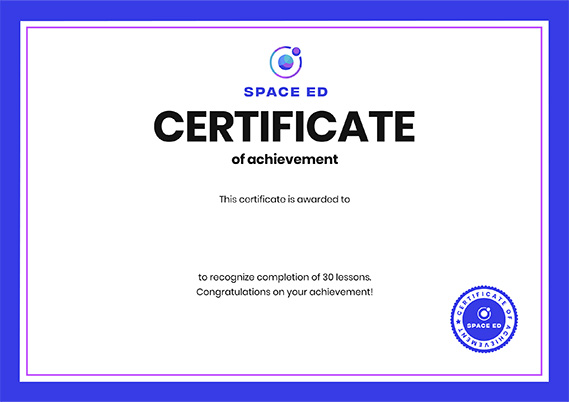The fundamentals of space-time: Part 2 - Andrew Pontzen and Tom Whyntie
916,363 Views
0 Questions Answered
Let’s Begin…
Light always
travels at a speed of 299,792,458 meters per second. But if you're in
motion too, you're going to perceive it as traveling even faster --
which isn't possible! In
this second installment of a three-part series on space-time, CERN
scientists Andrew Pontzen and Tom Whyntie use a space-time diagram to
analyze the sometimes confounding motion of light.
We have chosen to draw the angle of light worldlines at 45 degrees. Given the speed of light is 299,792,458 metres per second, what duration does a space-time diagram 20cm wide and 20cm tall represent? Scientists often like to set the speed of light, c, to 1 in what are called "Natural Units." What do you think this means? Do the units matter? Why do you think the angle of 45 degrees is important? (Hint - think about the stretch-and-squash trick.)
About Space Ed
Space Ed helps you untangle the mysteries of space with the universe’s best videos on everything from Einstein's theory of relativity to what it would take to live on Mars. Brush up on the science, philosophy and mystery of space, because the fabric of the universe is the same fabric that connects us all.
Meet The Creators
- Narrator Tom Whyntie, Andrew Pontzen
- Director Patrick Semple, Mark Fisher
- Producer Daniel Spencer




